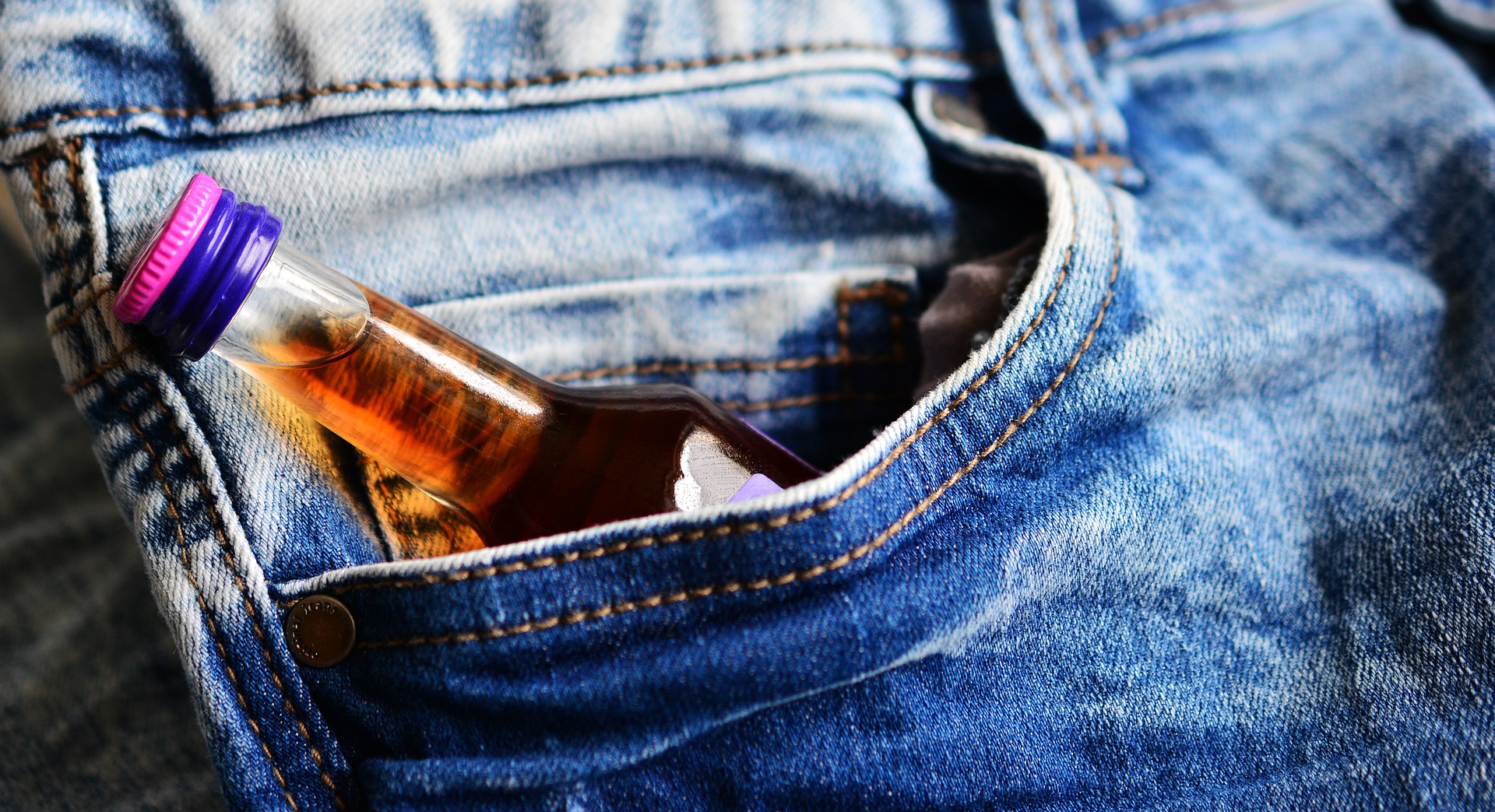7 Steps to Writing a Comprehensive Drug Testing Protocol
You may already have a drug testing policy — a formal statement of your intention or authority to drug test employees — but have you defined the drug testing protocol, or procedures, that must be followed in the event of a test?
We help companies write drug testing protocol every day, so we know it can be confusing. Here are a few components you should consider when defining your drug test procedures.
7 Considerations for Writing a Thorough Drug Testing Protocol
In the world of drug testing, one of the worst things you can do is be caught unprepared. Sure, you’re drug testing policy may inform employees that they are subject to a drug test at anytime, after an accident or any number of criteria you’ve put in place.
But do you know what to do when an accident actually happens? Or you suspect an employee of working under the influence?
Who do you call? What does the employee need to do? Are there legal requirements?
Suddenly a simple policy isn’t enough. You’ve got to establish clear, concise drug testing protocol to keep work moving and ensure all employees are treated fairly and respectfully.

1. Who will administer your drug testing protocol?
First, you’ll need to choose a company to oversee your drug test procedures. Based on company size and employee location, your third-party administrator (TPA) may handle all aspects of your protocol from collection to results reporting, or help you find collection sites in several locations.
For instance, Cover-Tek serves as the TPA for many businesses located near our Muncie, Indiana and Southlake, Texas locations. If that company has employees in other locations, we work with local collection sites to collect samples. In other instances, we may serve as that local testing site for companies with a TPA in another city.
2. Do you have DOT employees?
The Department of Transportation (DOT) has strict drug and alcohol testing standards for employees who operate vehicles or machinery. Any employee who falls under the DOT protocol must complete certain types of testing and follow particular standards for the entire process, which your TPA will monitor.
For companies with both DOT and non-DOT employees, we include two sections in their drug testing protocol. This allows them to instate different procedures for non-DOT tests, while remaining compliant with DOT drug testing standards regardless of the test type.
3. For what reasons will you drug test?
Reasons for drug testing include pre-employment, random, reasonable suspicion, follow-up, return to duty, and post-accident. Depending on your company, you might choose a combination of any of these testing reasons. Note that DOT employees are required to be tested for them all.
If doing random drug testing, you’ll also want to determine if onsite drug testing makes sense for you.
4. How should the sample be collected?
In addition to the reasons you choose to test, you should also consider how samples will be collected for each reason. Drug testing can be performed from a urine, hair follicle, saliva or blood sample. Which specimen testing option you choose is up to you (or defined by the DOT).
5. What should happen when tests return “non-negative” results?
Just like you’d defer to a doctor’s office or other official entity after completing an at-home drug or pregnancy test, we do not label quick test results as “positive” until they have been sent to the lab for confirmation testing. Rather, we refer to such tests as “non-negative.” Your drug testing protocol will specify what should be done with non-negative tests for each testing reason.
For example, if a potential employee receives a non-negative result during pre-employment drug testing, you have the option to send the specimen to the lab for further review, or simply not hire that employee. For other testing reasons like reasonable suspicion or post-accident, it may make sense to send a non-negative result to the lab for further testing.
If the lab returns a positive test result, they will send the results to a Medical Review Officer (MRO). The MRO is responsible for contacting employees with positive results to determine if a valid prescription might have caused the positive result. If an employee does have a valid prescription, they must provide adequate evidence to the MRO.
6. Should alcohol be addressed in your drug test procedures?
While the DOT requires drug AND alcohol testing, you should decide if breath alcohol testing (BAT) is included in your protocol for non-DOT employees. We recommend always doing breath alcohol testing for post-accident and reasonable suspicion tests.

7. Who is in charge of handling drug testing protocol?
Your drug testing protocol should also include specific instructions for who to contact and share results with. Should results be emailed or faxed? Will your company be invoiced or provide payment at time of service?
While Cover-Tek requires a supervisor to be present for all drug testing (with the exception of pre-employment), you’ll also want to specify whether employees are allowed to drive after receiving a non-negative quick test result.
As you can see, a lot goes in to establishing a comprehensive drug testing protocol. And this information only scratches the surface! But with a little upfront planning time, you’re sure to build a solid drug testing protocol.
Feeling confused or unsure of which drug testing procedures are right for your company? Rest assured, Cover-Tek’s got you covered. Contact us today for expert assistance in establishing your comprehensive protocol.